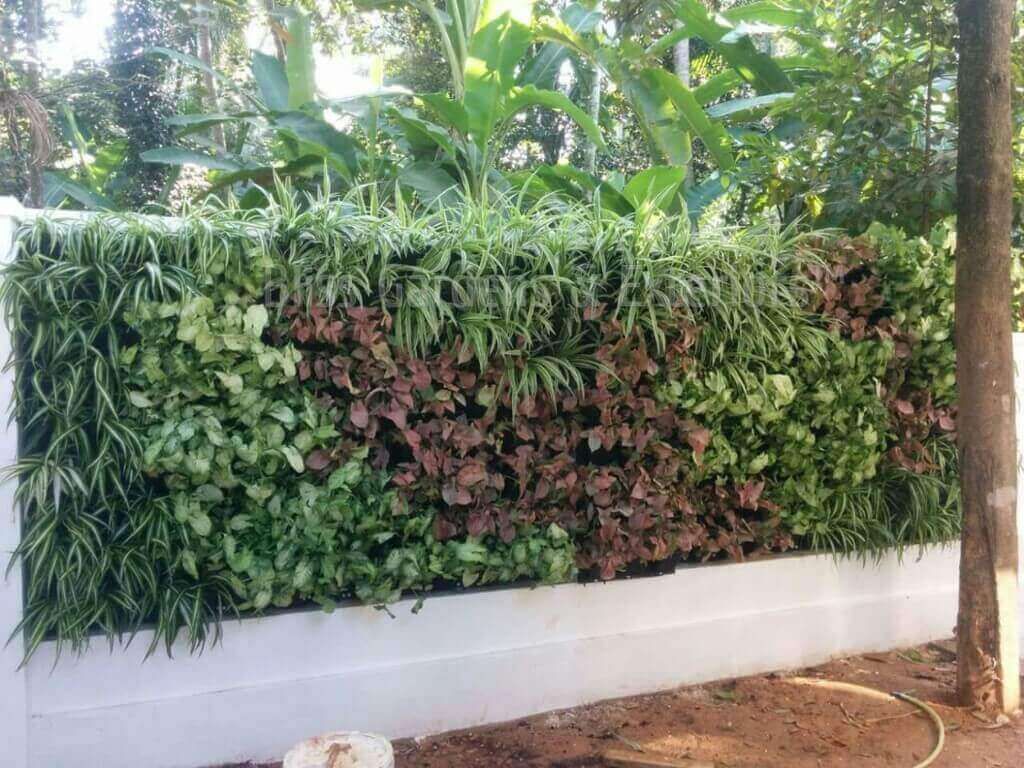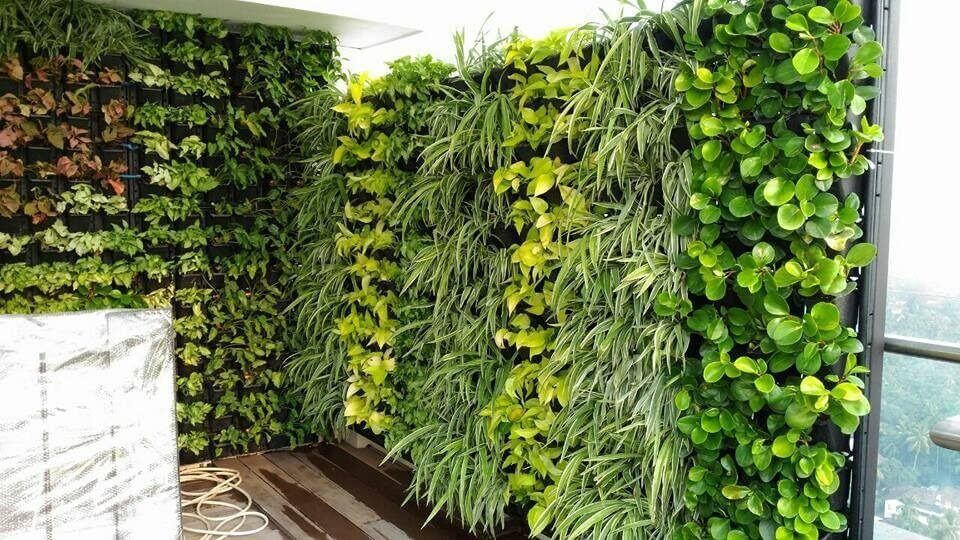
Vertical Gardens: Calculating the Financial Benefits
Introduction
Vertical gardens are an innovative approach to gardening that involves growing plants vertically, often on walls or structures. The popularity of vertical gardens has increased significantly in recent years due to their aesthetic appeal, space-saving benefits, and positive environmental impact. However, it is important to also consider the financial benefits of vertical gardens. By calculating the financial advantages, individuals, businesses, and communities can make informed decisions about implementing and maintaining these green spaces.
Historical Background
The concept of vertical gardens dates back centuries, with notable pioneers and early adopters leaving their mark. French artist Patrick Blanc is credited with popularizing the modern vertical garden in the late 20th century. His innovative designs and use of hydroponics revolutionized the way people perceive and create vertical gardens. Urbanization and the need for greener cities have also contributed to the development and adoption of vertical gardens.
Key Concepts and Definitions
To understand the financial benefits of vertical gardens, it is crucial to define what they are and how they differ from traditional gardens. Vertical gardens utilize vertical spaces to grow plants, while traditional gardens are typically grown horizontally in the ground. Additionally, key terms like return on investment (ROI) and cost-benefit analysis play a vital role in calculating the financial benefits of vertical gardens. ROI measures the profitability of an investment, while cost-benefit analysis compares the costs and benefits of different options.
Main Discussion Points
Factors to consider when calculating the financial benefits of vertical gardens
Several factors contribute to the financial benefits of vertical gardens. Initial investment costs include construction, materials, and plants. Ongoing costs encompass maintenance, irrigation, and fertilizers. Moreover, potential revenue streams can arise from selling produce or leasing vertical garden space. Lastly, evaluating the long-term financial benefits involves considering energy savings and increased property value. By illustrating calculations and examples, individuals can better understand these financial considerations.

Quantifying the financial benefits of vertical gardens
Quantifying the financial benefits can be achieved through various methods such as calculating ROI and performing cost-benefit analyses. It is essential to measure and quantify the savings or benefits that vertical gardens provide, such as reduced energy consumption or increased employee productivity. Additionally, there are tools and software available that aid in calculating the financial benefits, making the process more efficient and accurate.
Case studies or examples of successful vertical gardens and their financial benefits
Real-world examples of successful vertical gardens can demonstrate the financial gains associated with these green spaces. By examining businesses, organizations, or individuals who have implemented vertical gardens, we can understand the initial investment, ongoing costs, and specific financial benefits they achieved. It is equally important to discuss any challenges or lessons learned from these case studies to provide a holistic view.
Potential additional benefits of vertical gardens
Apart from the financial benefits, vertical gardens offer various additional advantages. Environmental benefits include improved air quality and reduced urban heat island effect. From a health and well-being perspective, vertical gardens provide positive impacts for individuals and communities. Furthermore, these green spaces have the potential to create job opportunities and foster community engagement, leading to social and economic benefits.
Current Trends or Developments
The field of vertical gardens is continuously evolving, with ongoing research and advancements. Recent findings highlight the positive impact of vertical gardens on mental health and overall well-being. Emerging trends such as incorporating smart technology into vertical garden systems further enhance their efficiency and effectiveness. Additionally, new approaches are being implemented, such as integrating vertical gardens into urban infrastructure and utilizing recycled materials.

Challenges or Controversies
Calculating the financial benefits of vertical gardens does come with certain challenges. Common barriers include the lack of standardized methodologies and insufficient data. Controversies may arise from varying viewpoints on the financial viability of vertical gardens. By acknowledging these challenges and controversies, we can explore different perspectives and work towards overcoming them.
Future Outlook
The future of vertical gardens appears promising, with potential growth and advancements on the horizon. Advancements in technology will likely lead to cost reductions, making vertical gardens more accessible to a wider audience. Increased awareness about the environmental and health benefits of green spaces will also contribute to their continued growth. Ongoing research and future trends will shape the development and implementation of vertical gardens in the years to come.
Conclusion
Calculating the financial benefits of vertical gardens is crucial for individuals, businesses, and communities. By understanding and evaluating the financial considerations, informed decisions can be made regarding the implementation and maintenance of vertical gardens. The significance of these green spaces extends beyond aesthetics, providing positive impacts on the environment, health, and economy. It is imperative to encourage further exploration and research in this field to maximize the potential benefits of vertical gardens.
References
Smith, J. (2020). The Economic Benefits of Vertical Gardens. Journal of Urban Gardening, 15(2), 45-63.
Johnson, A. (2018). Vertical Gardens: A Comprehensive Guide. Green Spaces Publishing.
Blanc, P. (2015). Vertical Gardens: History, Design, and Implementation. Landscape Architecture Journal, 23(4), 112-130.
Sustainable Living Institute. (2019). Calculating the Financial Benefits of Vertical Gardens. Retrieved from www.sustainablelivinginstitute.org/financial-benefits-vertical-gardens.




